
Our Blog
Use our blog as a resource of information pertaining to lawn and landscape maintenance information and services for your properties.

Use our blog as a resource of information pertaining to lawn and landscape maintenance information and services for your properties.
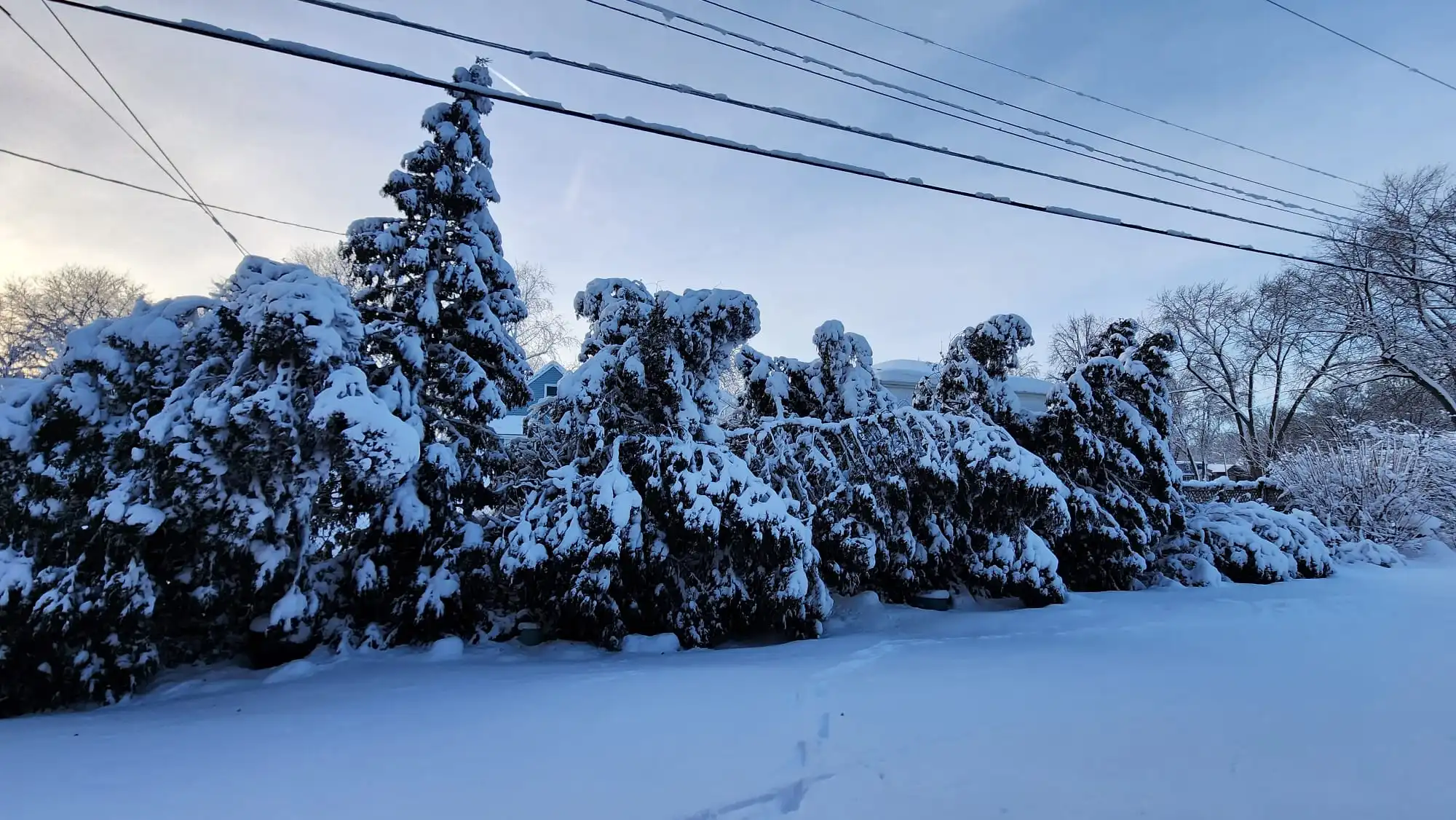
In Wisconsin, our plants adapt to winter coming and going each year. The snow acts as a natural insulator to plants from winter’s freezing effects, then as it melts it helps replete the soil moisture for plants to use as they break dormancy. Yet, each winter is never the same... Some winters are heavier or colder and therefore more stressful on plants. When we experience heavy snow falls it adds excessive weight to shrubs and trees, which can lead to bending and cracking. We have yet to see whether the snow melt will cause waterlogged areas or repetitive cycles of freezing and thawing, which can also cause damage to both root systems and flower buds. With this heavy snowfall we have experienced thus far January 2024, will plants bounce back? Are they bent beyond their natural ability to heal? Are there tiny cracks, flaws, or cell damage in the trunks? We will have to wait and see!
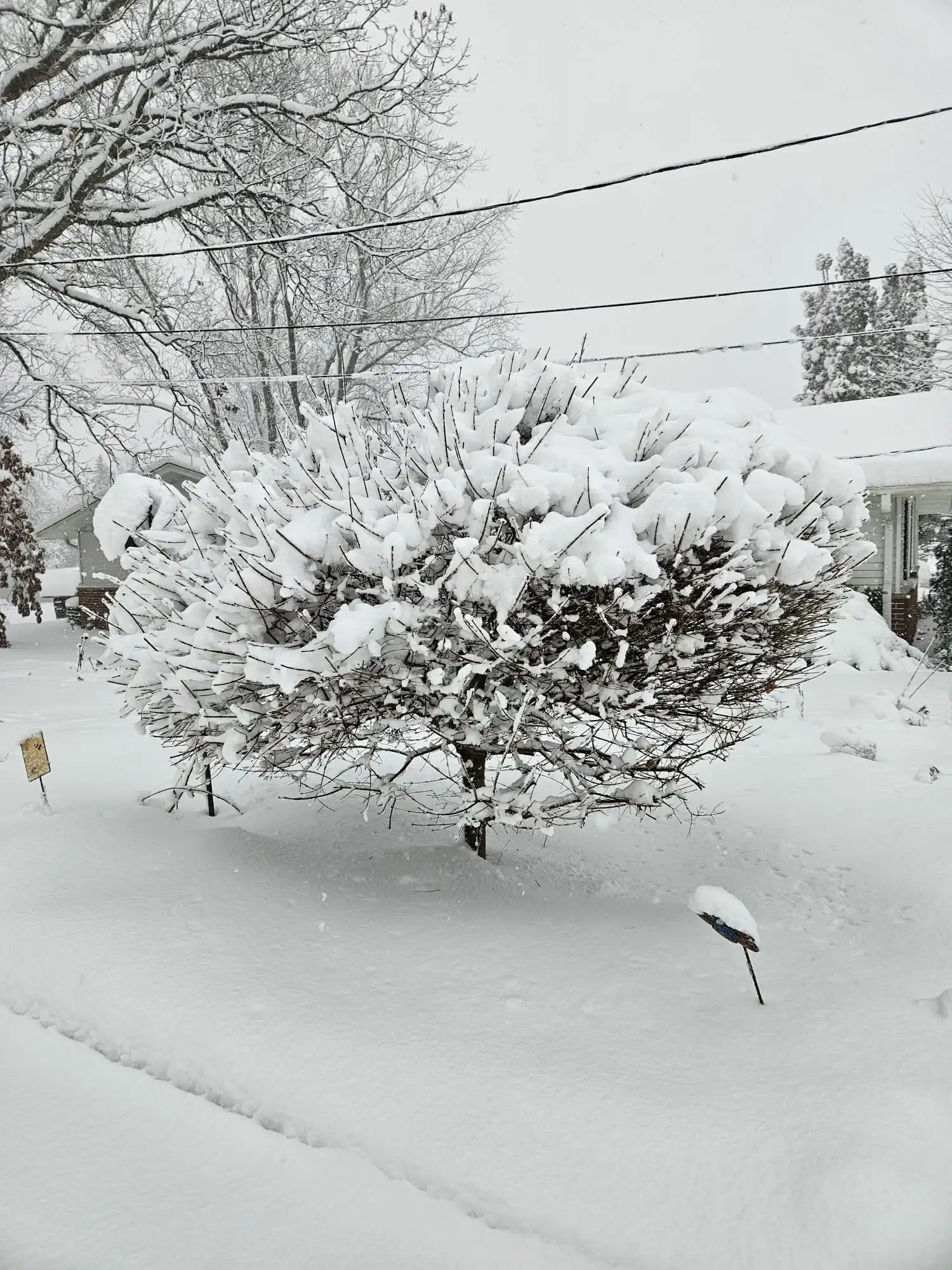
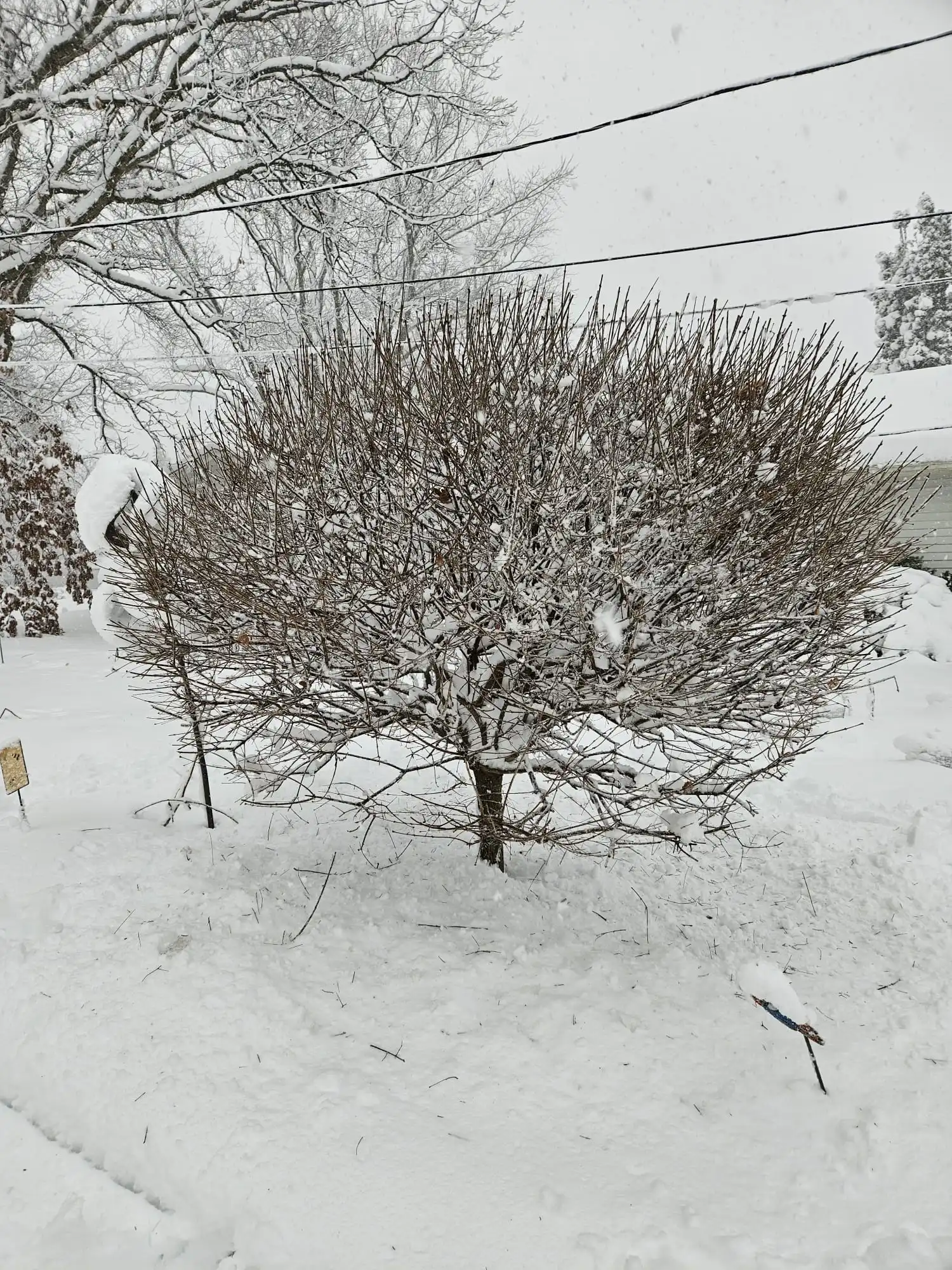
During heavy snow falls, the primary focus is minimizing the weight burden. For structural support requirements, we advise waiting until temperatures rise above 35°F to prevent branch breakage. To illustrate, think of a sprained ankle (stretched/torn ligaments)... though nothing is completely broken, the plant cells and structure are stretched. Bracing or gently tying up the plant will aid in correcting its structure as it recovers. This...
Hydrangeas are a very popular landscape plant because they have such beautiful flowers, and they’re generally pretty easy to take care of. But there’s also a ton of confusion about hydrangea care and how to keep them looking their best.
While they’re all related, they do not all have the same growth and bloom patterns. Some hydrangeas change color based on pH; some hydrangeas bloom on fresh growth from this year called new wood, and some flower on the growth they put out last year called old wood. It all depends on the species of hydrangea, so it’s helpful to know what you have and keep the plant info card handy.
When to Prune Hydrangea: You can prune hydrangeas that bloom on old wood right after they finish flowering. You can prune varieties that bloom on new wood in late winter or early spring.
How Can I Tell If My Hydrangea Blooms on Old or New Wood? there are a few clues that will help you determine if your hydrangea blooms on new or old wood.
The month of May is when spring really arrives in full force! We can get so much done in our garden this month including, planting our vegetables from seed, keeping plants tidy, weeding, fertilizing plants, pruning early flowering shrubs, removing tree suckers, and a few others we will talk about!
Some maintenance tips:
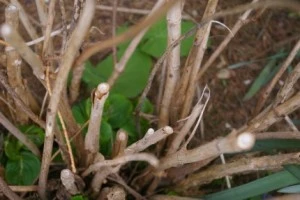 All day long, at the office and on the road in my clients gardens, I get the same question: are my hydrangeas DEAD??? Probably not is my answer. But most of the plants that bloom on current year’s wood lost a lot, if not all, of their old wood and are taking a long time to re-sprout. Examples include Rose of Sharon, butterfly shrubs, Caryopteris, and Hydrangea macrophylla and H. serrata species.
All day long, at the office and on the road in my clients gardens, I get the same question: are my hydrangeas DEAD??? Probably not is my answer. But most of the plants that bloom on current year’s wood lost a lot, if not all, of their old wood and are taking a long time to re-sprout. Examples include Rose of Sharon, butterfly shrubs, Caryopteris, and Hydrangea macrophylla and H. serrata species.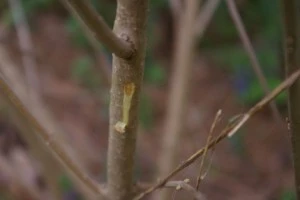 Hydrangea 2The first thing you need to do is scratch the bark. If it is green below the bark, the wood is alive. If the branches are brittle and dried up and there is no green wood below the bark, the branch is not alive. Continue doing this until you find live wood. If it means you have to cut the plant back to ground level, do not worry. This category of plants will regenerate an entirely new top as soon as it gets a bit warmer. A couple of years ago I took this photo before I dragged my tarp filled with butterfly shrub and crape myrtle branches to the compost. They all died to the ground and guess what? They grew and bloomed just beautifully later that summer.Hydrangea 3
Hydrangea 2The first thing you need to do is scratch the bark. If it is green below the bark, the wood is alive. If the branches are brittle and dried up and there is no green wood below the bark, the branch is not alive. Continue doing this until you find live wood. If it means you have to cut the plant back to ground level, do not worry. This category of plants will regenerate an entirely new top as soon as it gets a bit warmer. A couple of years ago I took this photo before I dragged my tarp filled with butterfly shrub and crape myrtle branches to the compost. They all died to the ground and guess what? They grew and bloomed just beautifully later that summer.Hydrangea 3 Hydrangeas can be a complicated subject and I get tons of questions about how to prune them. Pink and blue hydrangeas (H. macrophylla and H. serrata) bloom on NEW SHOOTS off of LAST YEAR’S wood. It appears that a lot of last year’s wood did, in fact, die over the winter. Look for live buds as the weather warms up.Hydrangea 4 We generally refrain from pruning...
Hydrangeas can be a complicated subject and I get tons of questions about how to prune them. Pink and blue hydrangeas (H. macrophylla and H. serrata) bloom on NEW SHOOTS off of LAST YEAR’S wood. It appears that a lot of last year’s wood did, in fact, die over the winter. Look for live buds as the weather warms up.Hydrangea 4 We generally refrain from pruning...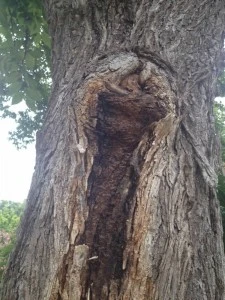 Plant disease-causing fungi are usually inhibited during periods of drought. Most fungi require water to infect and develop. Although drought factors tend to reduce the risk of disease, there are some disease situations that are enhanced.Leaf spotting fungi in the Helminthosporium complex are more severe when the potassium levels are low. The lack of soil moisture due to droughts can affect the availability of these nutrients although there may be adequate levels in the soil. During dew periods and other sporadic moisture periods, nutrient deficient plants can become infected and disease can develop. These leaf-spotting disease fungi can reduce hay quality.
Plant disease-causing fungi are usually inhibited during periods of drought. Most fungi require water to infect and develop. Although drought factors tend to reduce the risk of disease, there are some disease situations that are enhanced.Leaf spotting fungi in the Helminthosporium complex are more severe when the potassium levels are low. The lack of soil moisture due to droughts can affect the availability of these nutrients although there may be adequate levels in the soil. During dew periods and other sporadic moisture periods, nutrient deficient plants can become infected and disease can develop. These leaf-spotting disease fungi can reduce hay quality.
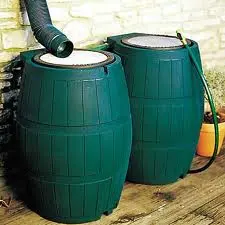 This past Saturday, (Oct. 12th), I listened to what was probably the last thunderstorm of the season. Along with some pretty gusty winds was a very heavy rainfall, which I watched roll down the streets towards drains that were already covered with leaf debris. All that water running into our sewers and eventually out to Lake Michigan, not just waste water but wasted water. How many times a year do we hear about MMSD (Milwaukee Metropolitan Sewage District) having to dump the contents of the storm sewers into lake Michigan UNPROCESSED because of a heavy downpour that the sewer system couldn’t handle? There is a solution, and an easy one. Install a rain barrel in our yard capturing the roof fun off from your house and/or garage. This will not only help preserve Lake Michigan, but reduce water pollution (oil, grease, fertilizers) and can also lower your water costs.
This past Saturday, (Oct. 12th), I listened to what was probably the last thunderstorm of the season. Along with some pretty gusty winds was a very heavy rainfall, which I watched roll down the streets towards drains that were already covered with leaf debris. All that water running into our sewers and eventually out to Lake Michigan, not just waste water but wasted water. How many times a year do we hear about MMSD (Milwaukee Metropolitan Sewage District) having to dump the contents of the storm sewers into lake Michigan UNPROCESSED because of a heavy downpour that the sewer system couldn’t handle? There is a solution, and an easy one. Install a rain barrel in our yard capturing the roof fun off from your house and/or garage. This will not only help preserve Lake Michigan, but reduce water pollution (oil, grease, fertilizers) and can also lower your water costs.
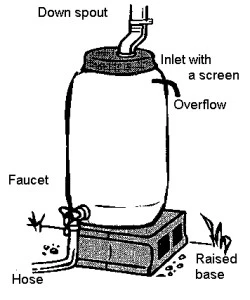 According to the Environmental Protection Agency, outdoor irrigation can count for up to 40% of water use by households during the summer when rain becomes scarce. Municipalities often institute mandatory water restrictions, leaving your yard and plants brown and crispy, sometimes with the negative effects lasting into the next summer. Just one rain barrel can save the average home owner up to 1300 gallons of water during the summer. With the usual rain barrel being a 55 gallon drum, just ¼ inch of rain can fill it to the top and can be used...
According to the Environmental Protection Agency, outdoor irrigation can count for up to 40% of water use by households during the summer when rain becomes scarce. Municipalities often institute mandatory water restrictions, leaving your yard and plants brown and crispy, sometimes with the negative effects lasting into the next summer. Just one rain barrel can save the average home owner up to 1300 gallons of water during the summer. With the usual rain barrel being a 55 gallon drum, just ¼ inch of rain can fill it to the top and can be used...
Congratulations! You have just made a significant investment to your yard, and to your life, by installing new plant material. To ensure that investment is productive and successful, you need to nurture it, just like any other investment, making sure you do all you can to help it pay-off. So, now what?
Watering – not enough or too much – is the most important step in establishing new plants. Beautiful Blooms will always “water-in” all the plant material they install for you. However, once we leave the property, you become responsible for seeing that adequate moisture is supplied. Knowing when and how much to water – and conversely, when not to water – can be tricky, so we offer these guidelines.
Perennials: It is recommended that you water 3 times-a-week, for the first 3 weeks whether is rains or not. After 3 weeks, water once-a-week, unless there is at least ½ inch of rainfall during that week. If natural rainfall is not sufficient, then supplemental, regular watering is needed. Remember that plants dry out faster in windy, unprotected areas, as well as on slopes. Also, pay close attention to plants placed under a roof overhang; they will need slightly more water since the soil in that area tends to be drier as it does not receive any rain.
Small shrubs: You should use a hose at a slow trickle for 10-20 minutes per shrub to thoroughly saturate the root zone. You will want to keep the water at the ...
Just complete the form below to get a pricing quote.
